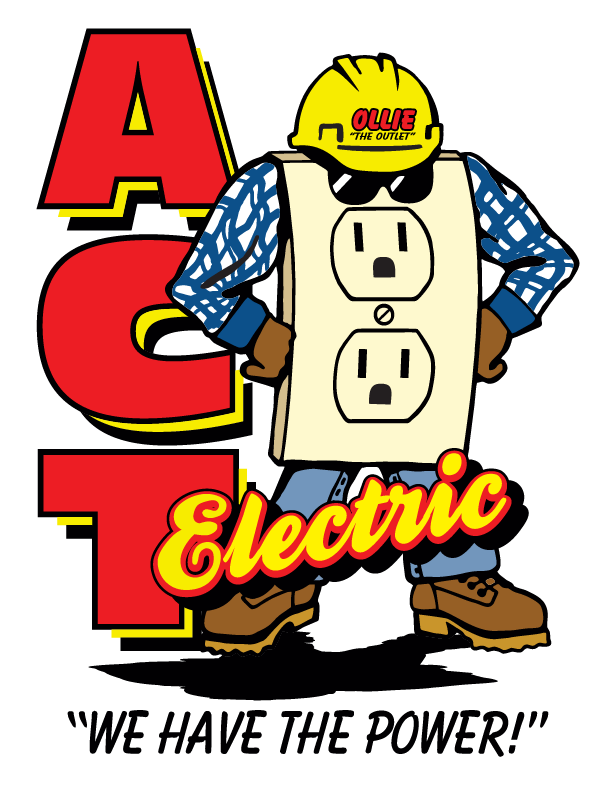Explore the Top Summer Energy Savings with Electrical Upgrades
A home constantly consumes power to run various electrical appliances, devices, gadgets, and equipment. Summers are characterized by increased energy consumption and high utility bills with bright sunshine and clear blue skies. The rising utility costs have forced many homeowners to look for ways to reduce their energy bills. Summers provide the perfect opportunity to take on home improvement projects for long-term money savings. An easy way to save energy is through various electrical upgrades.
Electrical repairs and upgrades by a licensed electrician can dramatically reduce household energy use, electricity bills, and negative environmental impact this warm season. Let's discuss the most innovative electrical improvements to consider this summer to save electricity and costs:
Appliances
Every household has countless appliances for assisting in various tasks. But, older appliances drain more power than their newer counterparts. Even modern appliances offer different efficiency levels. Consider swapping the old and outdated appliances, including refrigerator, air conditioner, washing machine, dishwasher, and microwave, with more efficient energy star rated appliances having higher EER and SEER ratings for significant energy savings. An electrician can ensure proper installation and wiring to maximize efficiency.
Lighting
Traditional light bulbs are power-hungry. While newer constructions use greener lighting options, people with older homes can switch to efficient lighting alternatives such as LEDs to reduce the light bulb energy usage by approximately 70-80%. They also last longer and save money on replacements. Some energy-saving LED lighting upgrades are security lights with motion sensors, solar-powered lights, desk lamps, and under-cabinet lights. Consult an electrician before making the upgrade.
Electrical panel
Consider replacing the electrical panel if there are inadequate electrical outlets, flickering lights, the home lacks GFCI outlets, frequently tripping circuit breaker, frequent outages, or the panel box makes crackling noises. Old panels pose a potential threat of fire and electrocution. An electrical contractor can inspect your panel to determine if it needs an upgrade.
Outlets
An inexpensive way to enhance the home's look and electric system functionality is upgrading outlets and switches. Switch to three-pronged outlets that are safer and more compatible with modern appliances. Alternatively, consider investing in smart outlets to reduce energy waste. These outlets cut down ghost consumption or vampire power, the standby power that devices like laptops, chargers, TV, and music systems consume even when they are not in use but plugged into the outlet.
Ceiling fans
Upgrade to smart fans to cut down the cooling costs in summers. Ceiling fans circulate air around the room to reduce the load on the air conditioning system and keep the indoors cool by using less energy and paying less for the utility bills. These fans automatically adjust the speed based on the room temperature. The ceiling fan also acts as a stylish addition.
Thermostat
Upgrade to a programmable thermostat to control the energy consumption. These devices are easy to operate from any place and regulate the temperature based on lifestyle and needs. It can reduce energy usage and keep the home cool only when someone is present in the house.
Manage your energy bills this summer
Contact a licensed electrician to prevent your energy bills from going through the roof this summer. A professional electrical contractor can assist you in saving energy through electrical inspection and cost-effective electrical upgrades.
ACT Electric is a full-service residential and commercial electrical contractor company specializing in electrical installation, repairs, and upgrades, electrical troubleshooting, electrical remodeling, electrical home inspection, and electrical retrofitting. We always prioritize customer comfort and safety. Give us a call at (480) 986-1722 today!

